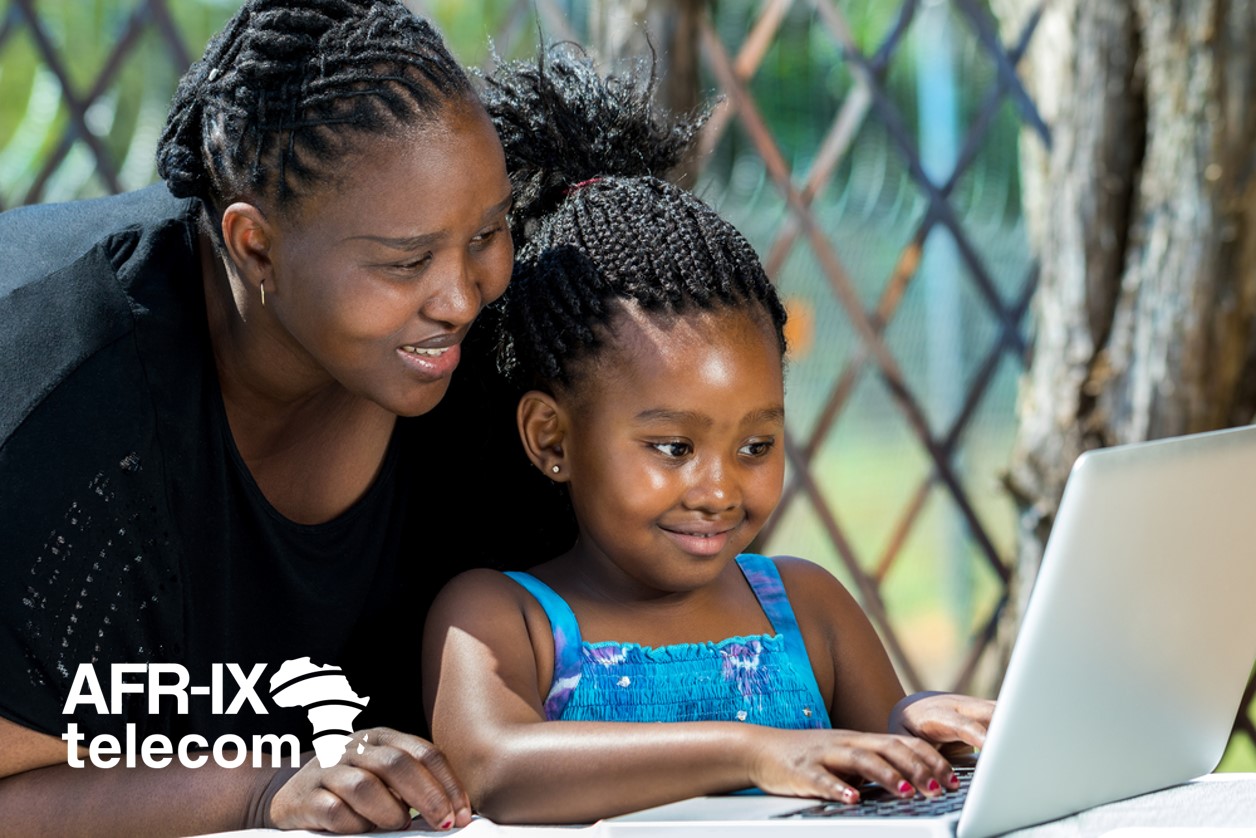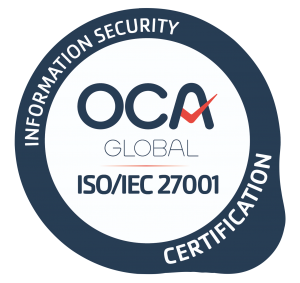How EdTech is Optimizing Higher Education in Africa

Although the global pandemic highlighted the benefits of Education Technology (EdTech), there were undoubtedly existing challenges regarding access to education. In case you missed our earlier article on EdTech in Africa, you can read it here.
The United Nations noted that more than 250 million children of school-going age were not in school before the pandemic and that only 25% of children in developing countries were leaving secondary school with basic skills. While the digital divide is narrowing, a gap exists between the quality of education provided by education systems in the developing world. This gap is steadily resulting in a growing need among students, communities, and countries in the developing world. Initiatives to address these education shortcomings are now focused on creating inclusive and resilient systems that provide access to quality education to these populations – and EdTech is integral to this vision.
What Are the Accessibility Challenges to Education in Developing Countries?
Barriers to education typically include security and political instability, costs, distances to schools, insufficient education budgets, and challenges around health and nutrition. With an array of hurdles to educate children in developing countries, the pandemic certainly hasn’t helped keep children in school or on track with their education. In a snowball effect, concerns now exist that inequality levels might widen even further in developing regions and that greater wealth, gender, and social disparities could emerge. The United Nations believes that there has to be investment in digital literacy and infrastructure to create a robust education sector in developing countries.
EdTech and Higher Education
Africa’s rapidly growing population will drive increased demand for educational access. To modernize, governments must expand higher education opportunities. In 2017, projections showed Africa’s population would grow by 50% by 2035. However, without plans for new universities, EdTech becomes crucial for equal access. Many African students cannot attend physical universities at specific times. Therefore, EdTech will bridge these barriers.
Modern technology can enhance teaching and learning, supporting sustainable development goals. In 2019, EdTech investments totaled $18.6 billion. Projections suggest investments will reach $350 billion by 2025. This indicates significant growth and adoption of online learning. Consequently, EdTech will play a key role in providing affordable and flexible higher education in Africa. It will ensure a wider range of students can benefit.
The Future of EdTech and Higher Education
African universities and colleges can use EdTech to rapidly expand their services to make higher education more accessible. For example, Sub-Saharan Africa has approximately 8% of students enrolled in higher education, and the aim is to see this percentage reach 50% in Africa by 2063. With the flexibility EdTech offers, this goal will help provide quality higher education to populations that might never have had such access. In addition, since fiber optic cables are now connected across the African continent, more people can participate, regardless of how remote the areas might be in which they reside.
Should you need a reliable internet service provider in Africa for your EdTech requirements, contact our team at AFR-IX telecom today.




